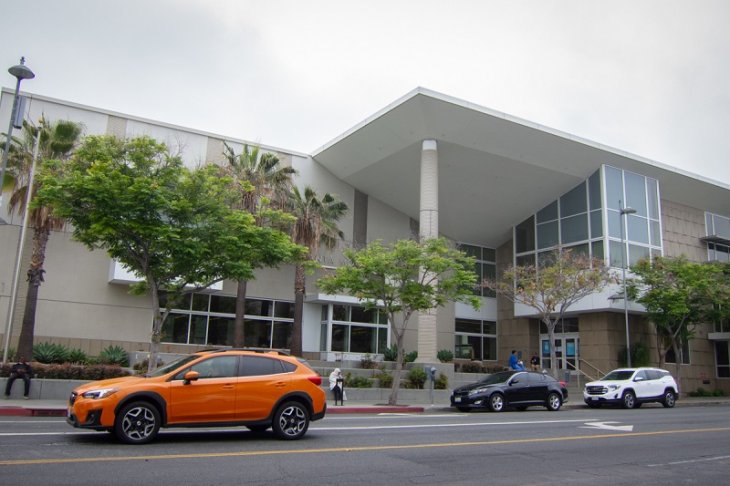By Tom Elias, Columnist
For more than 40 years, Democrats in Sacramento have talked fervently about reforming the 1978 Proposition 13 and some of its landmark limits on property taxes, but time and again they’ve done nothing when presented with real opportunities for positive change.
What would be a positive change in this context? Anything that breaks up the destructive fantasies preserved by the reluctance of most in the state Legislature to change anything at all about Prop. 13. This recalcitrance extends even to administrative rules adopted not in the ballot initiative, but rather by lawmakers in the year or two after it passed.
The mass of voters has similar reluctance to alter Prop. 13, hence rejection of last year’s Prop. 15, which would have created a “split roll” taxing commercial and industrial property at higher rates than residences.
Right now, Prop. 13 limits property tax on any sort of real estate to 1 percent of the 1975 assessed value or 1 percent of the most recent purchase price if the property has changed hands. This levy can subsequently increase by no more than 2 percent each year.
It’s easy to gloss over the words “change hands” in that description, as it seems obvious that changing hands means a shift in who controls a property.
But that’s not how Prop. 13 works. Rules set by the Legislature less than a year after the measure passed define a new owner as a person or entity that owns more than 50 percent interest in a property. This means, for example, that a married couple can each buy a 40 percent interest in a house, but still pay the same tax bill as if they’d owned the place for many years. It’s the same for partnerships and corporations.
Changing this rule would not be a change in Prop. 13 itself. But Jon Coupal, head of the Howard Jarvis Taxpayers Assn. (named for Prop. 13’s prime author), has always opposed it.
Yet, as long ago as 2004, former Democratic state Sen. Martha Escutia of eastern Los Angeles County asserted the change would produce between $1.5 billion and $12 billion for schools and city and county governments. That cost has only risen since then.
Coupal asserted when this dispute began that “Prop. 13 opponents can only point to a handful of alleged abuses of the law.” But some of those are major, including shopping malls, a winery, large luxury hotels and myriad houses now used as rental properties.
The notion of treating actual changes of control like full changes in formal ownership for tax purposes had another chance this year, but Democrats in the Legislature voted it down.
While previous efforts to make this obviously-needed revision in the definition of ownership all were carried by Democrats, this time the idea was sponsored by Orange County Republican state Sen. Patricia Bates. Her bill, known as SB 706, would have altered the definition of “change of control” of a corporate entity owning property to include situations where 90 percent or more of ownership changes hands within a three-year period.
That’s a lot easier on new property owners than Escutia’s original plan where change of control was defined as a new party acquiring decision-making power or a similar 2010 plan by then Democratic Assemblyman Tom Ammiano of San Francisco.
Escutia cited one hotel in Santa Monica where 100 percent of ownership changed, but there was no reassessment of the property because no one new individual or entity owned more than a 50 percent interest. In that case alone, Bates said, Los Angeles County loses over $1 million in tax revenue every year.
She added that the state plainly needs to “close a loophole that allows businesses to game the system and avoid being taxed on the full value of the property they buy.”
The existing law does nothing but help the rich get richer, yet even the mild reform Bates proposed got no traction among Democrats who control Sacramento. It was quickly rejected by the state Senate’s Governance and Finance Committee.
Which is too bad, because small as this proposed change would have been, it represented a step toward fairness, a concept that seems of little interest to the current Legislature.
Tom Elias is author of the current book “The Burzynski Breakthrough: The Most Promising Cancer Treatment and the Government’s Campaign to Squelch It,” now available in an updated third edition. His email address is tdelias@aol.com

























